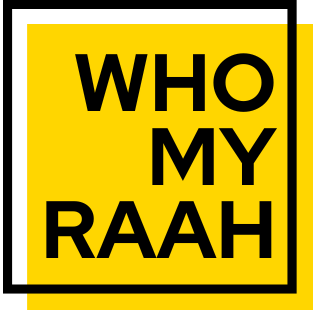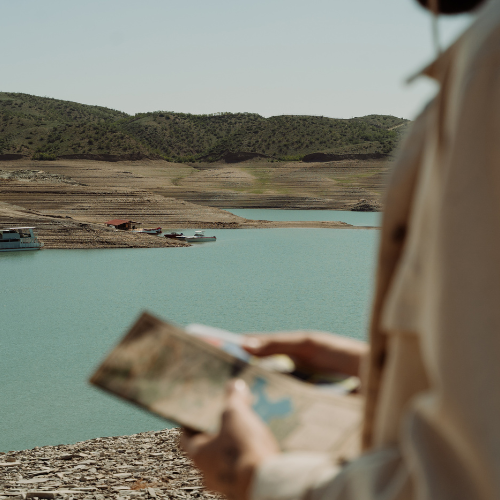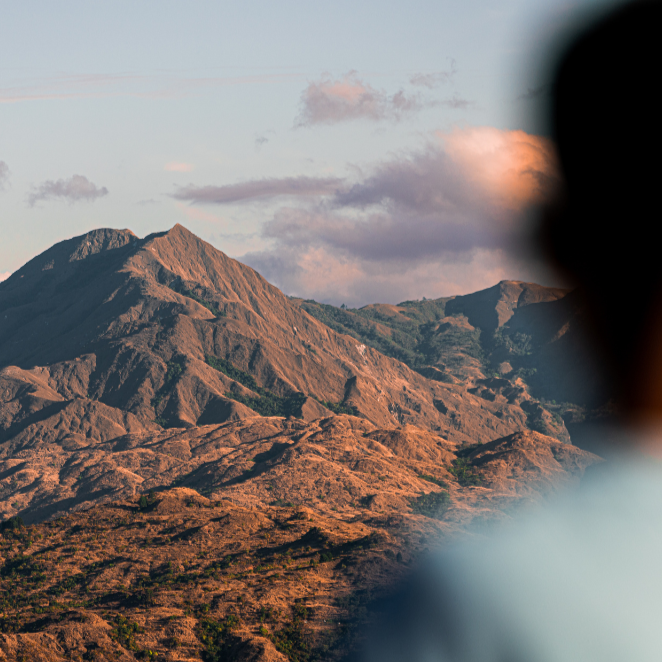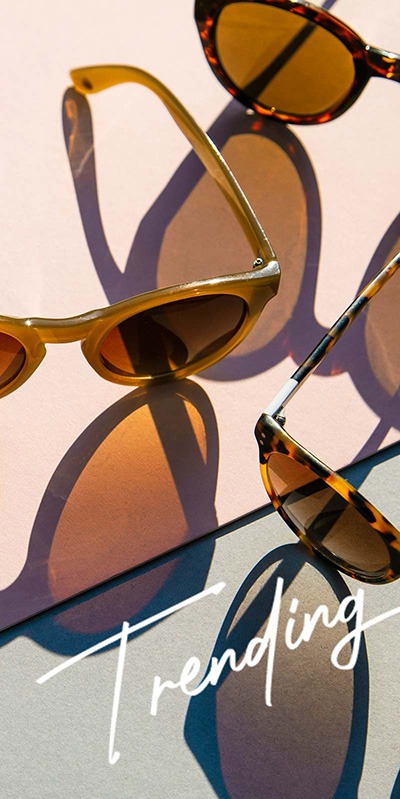Egypt, a land of ancient wonders, vibrant culture, and breathtaking landscapes, offers a diverse travel experience for every type of adventurer. From the world-renowned Giza Pyramids and the tranquil Red Sea to the vast, quiet stretches of the Sahara Desert, Egypt’s magic unfolds in a variety of ways. This two-week journey through Egypt is designed to not only hit the famous highlights but also explore some of the country’s lesser-known gems, ensuring a perfect balance of history, relaxation, and adventure.
DAY 1 to 2 - CAIRO
Cairo is a vibrant metropolis where ancient history and modern life blend seamlessly. Your Egypt adventure begins here, with a visit to the Giza Pyramids, the last surviving wonder of the Seven Wonders of the Ancient World. The majestic Sphinx and the surrounding pyramids are a must-see, offering a glimpse into the grandeur of Egypt’s ancient civilization. For those eager to dive deeper into Egypt’s history, the Egyptian Museum in Tahrir Square holds thousands of priceless artifacts, including the treasures of King Tutankhamun. In the evening, you can enjoy the Sound and Light Show at the Pyramids, where the monuments come alive with lights and narration that transport you back in time. Don’t forget to explore Khan El Khalili Bazaar, one of Cairo’s oldest markets, known for its lively atmosphere and a treasure trove of spices, perfumes, and handcrafted jewelry. The vibrant market is the perfect place to engage with the local culture and try Egyptian dishes like Koshari or Falafel.
Transfers: Cairo is well connected by air, and for most intercity travel, you can either opt for short flights or use efficient train services. A flight to Luxor takes just under an hour, or if you prefer the scenic route, take an overnight train to experience the journey more intimately.
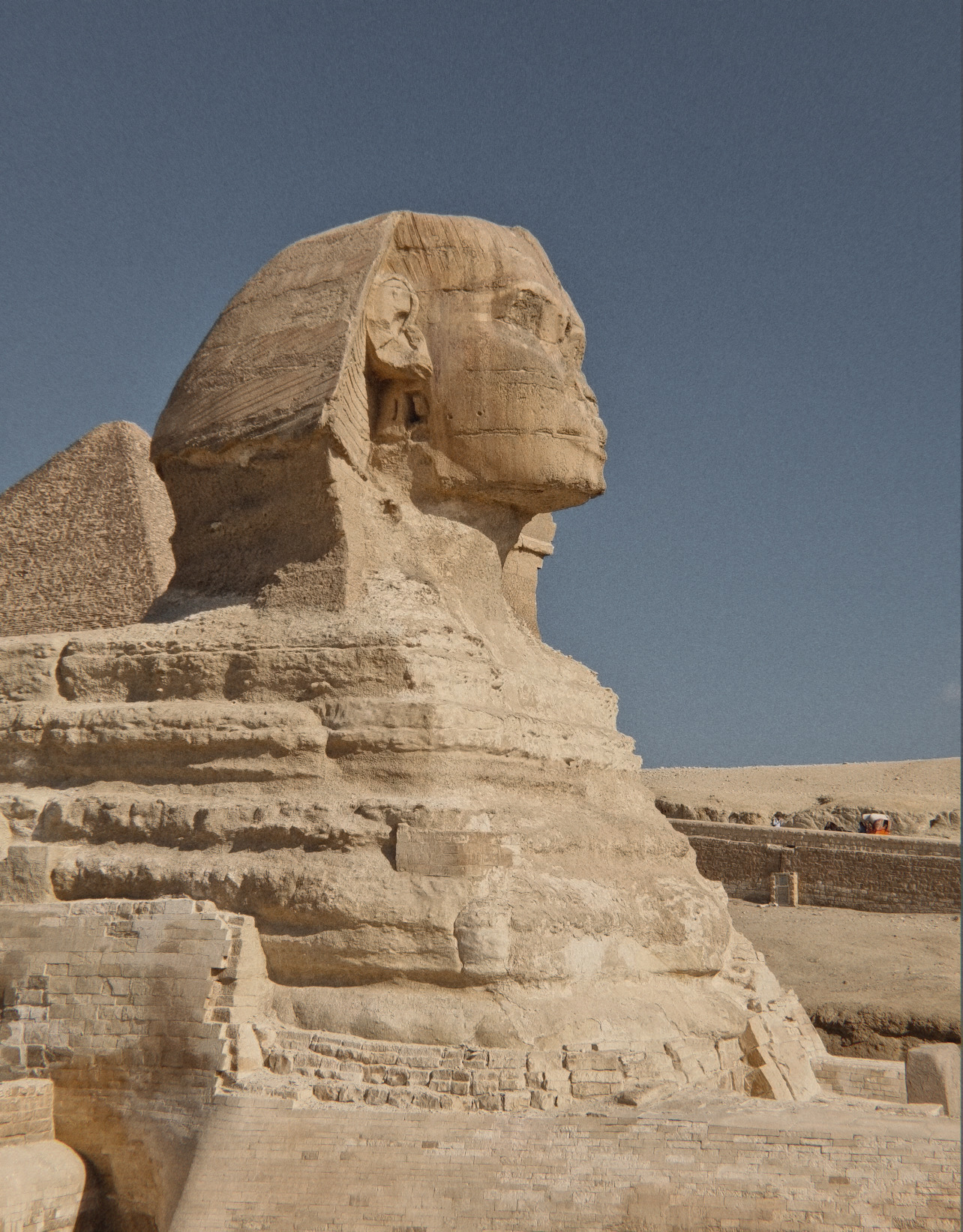
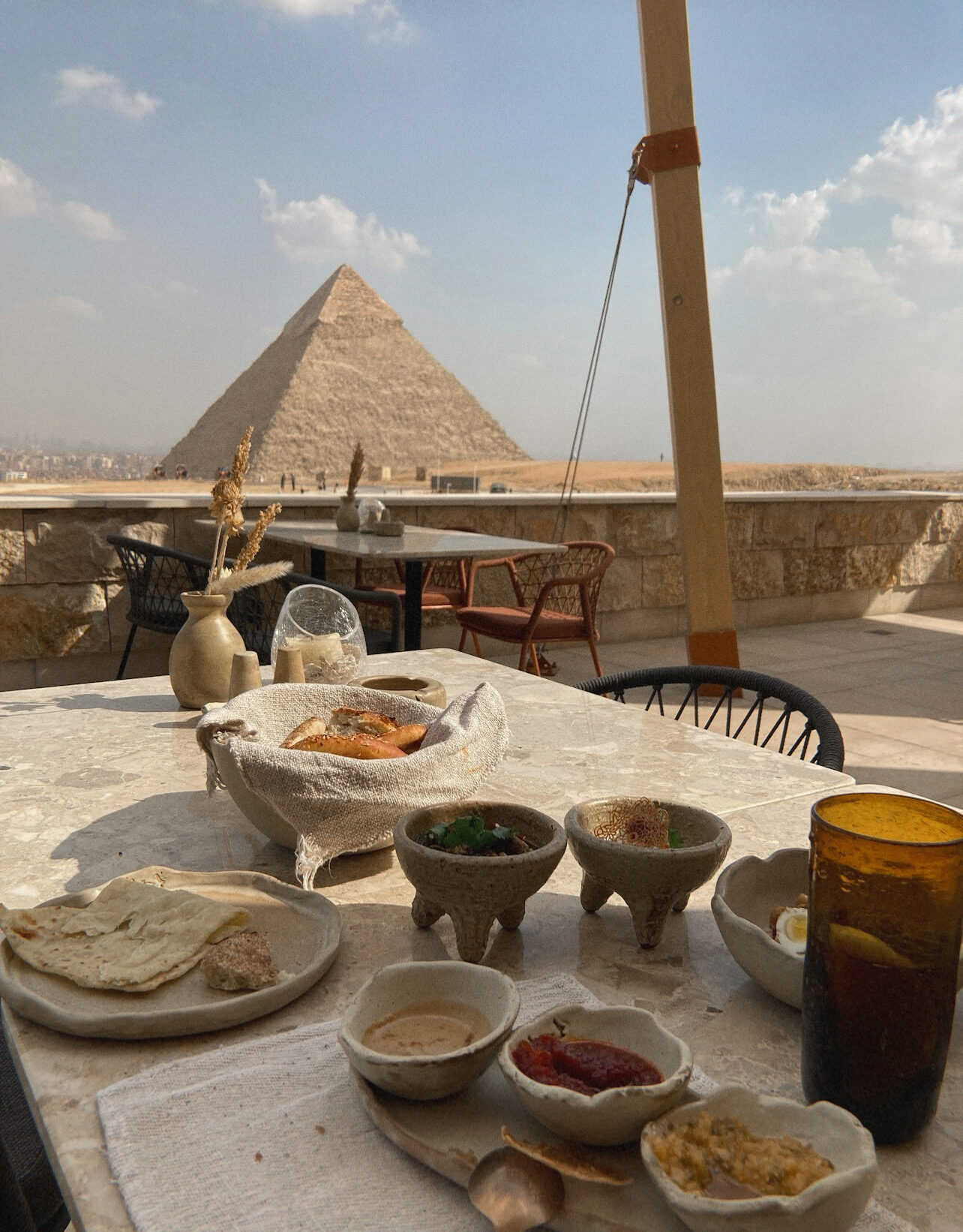


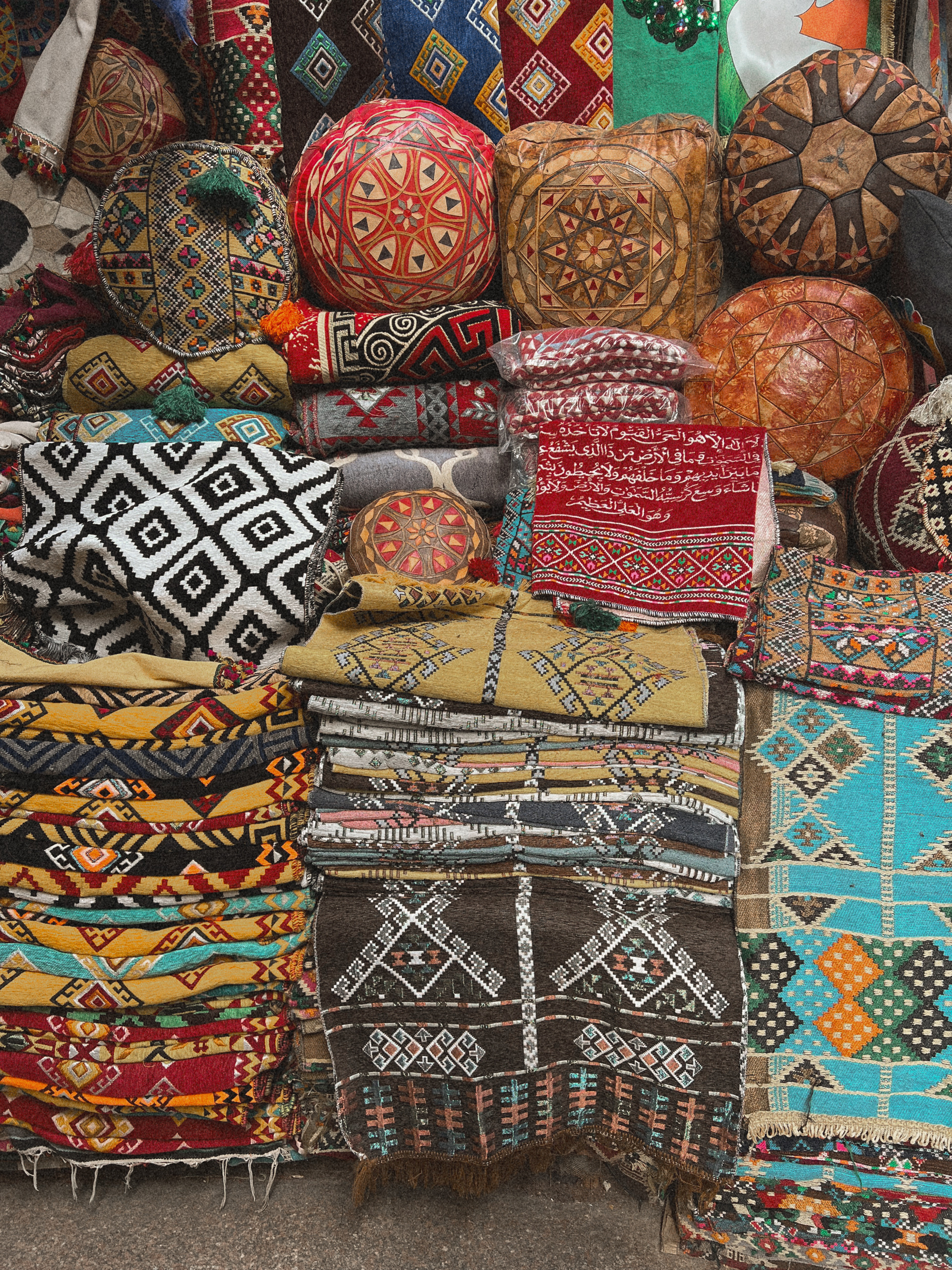

DAY 3 to 4 - LUXOR
Next, head to Luxor, often referred to as the world’s greatest open air museum. Luxor is home to some of Egypt’s most significant ancient monuments, including the Luxor Temple and the Karnak Temple, which is the largest religious building ever constructed. Here, you can explore the incredible Valley of the Kings, where the tombs of Egypt’s most powerful pharaohs lie beneath the desert sands. A hot air balloon ride over the Valley of the Kings at sunrise offers an unforgettable perspective of the ancient tombs and the surrounding desert landscape. Afterward, enjoy a leisurely felucca ride along the Nile, where the calm waters and stunning views provide the perfect setting to relax after a day of exploration.
Transfers: Luxor is about a 1-hour flight from Cairo. For a slower, more scenic option, you can take the train, which takes about 9 hours, or opt for a Nile cruise that will also stop at key temples along the route, adding a relaxing touch to your travels.
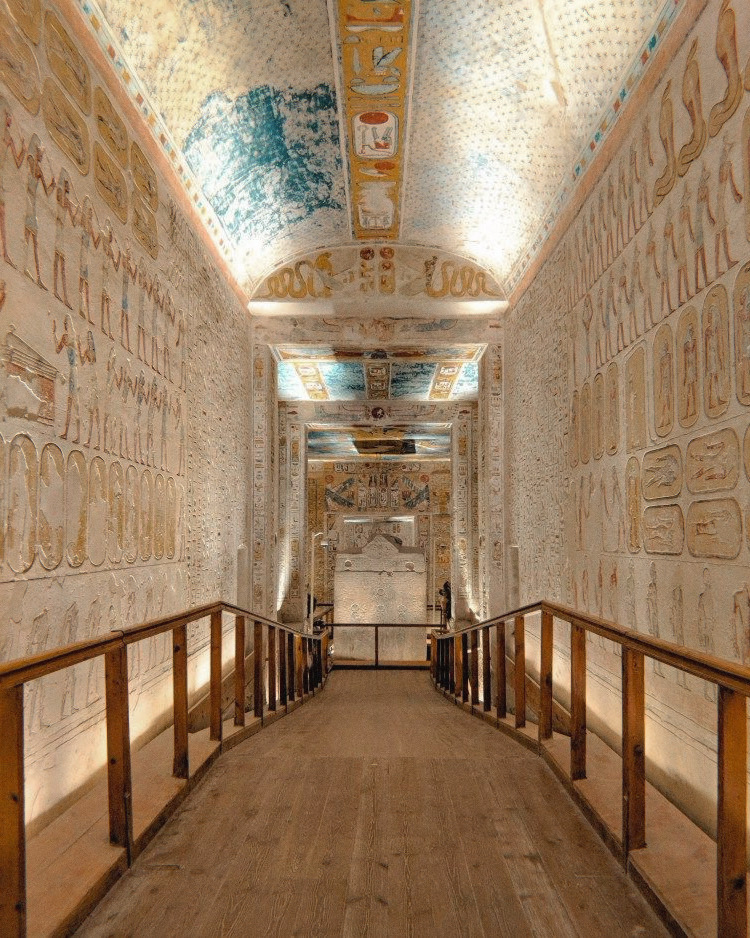
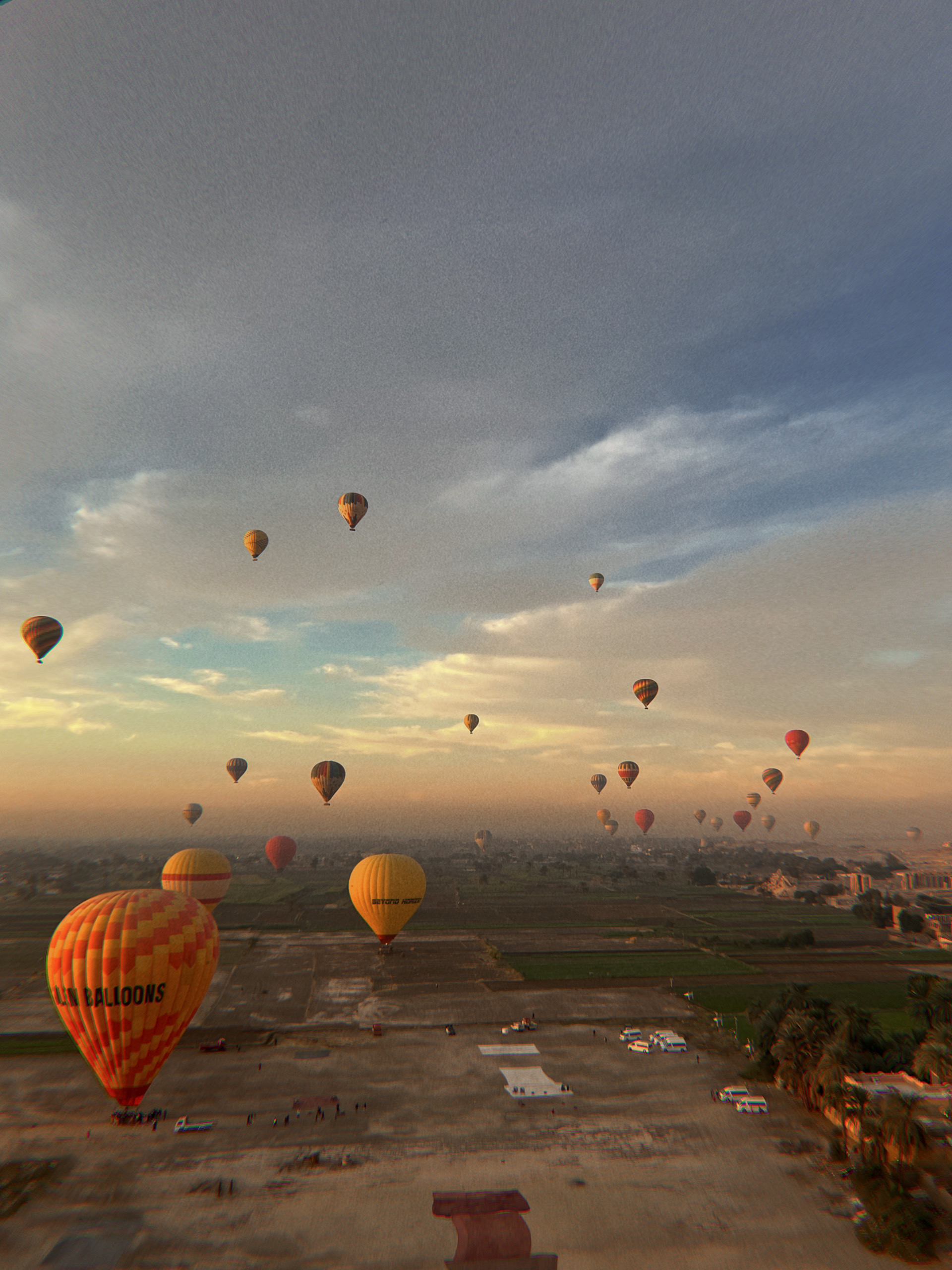
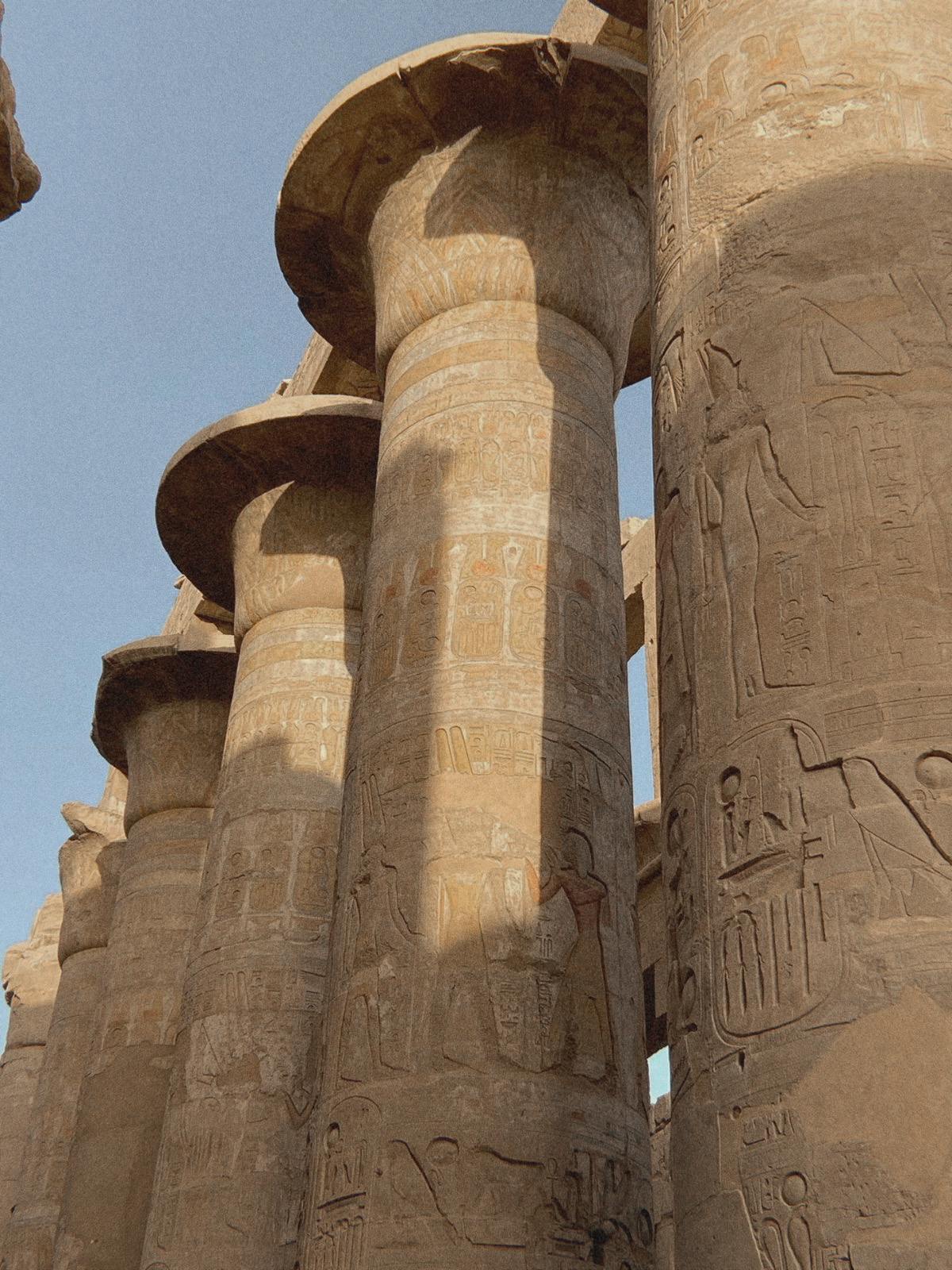
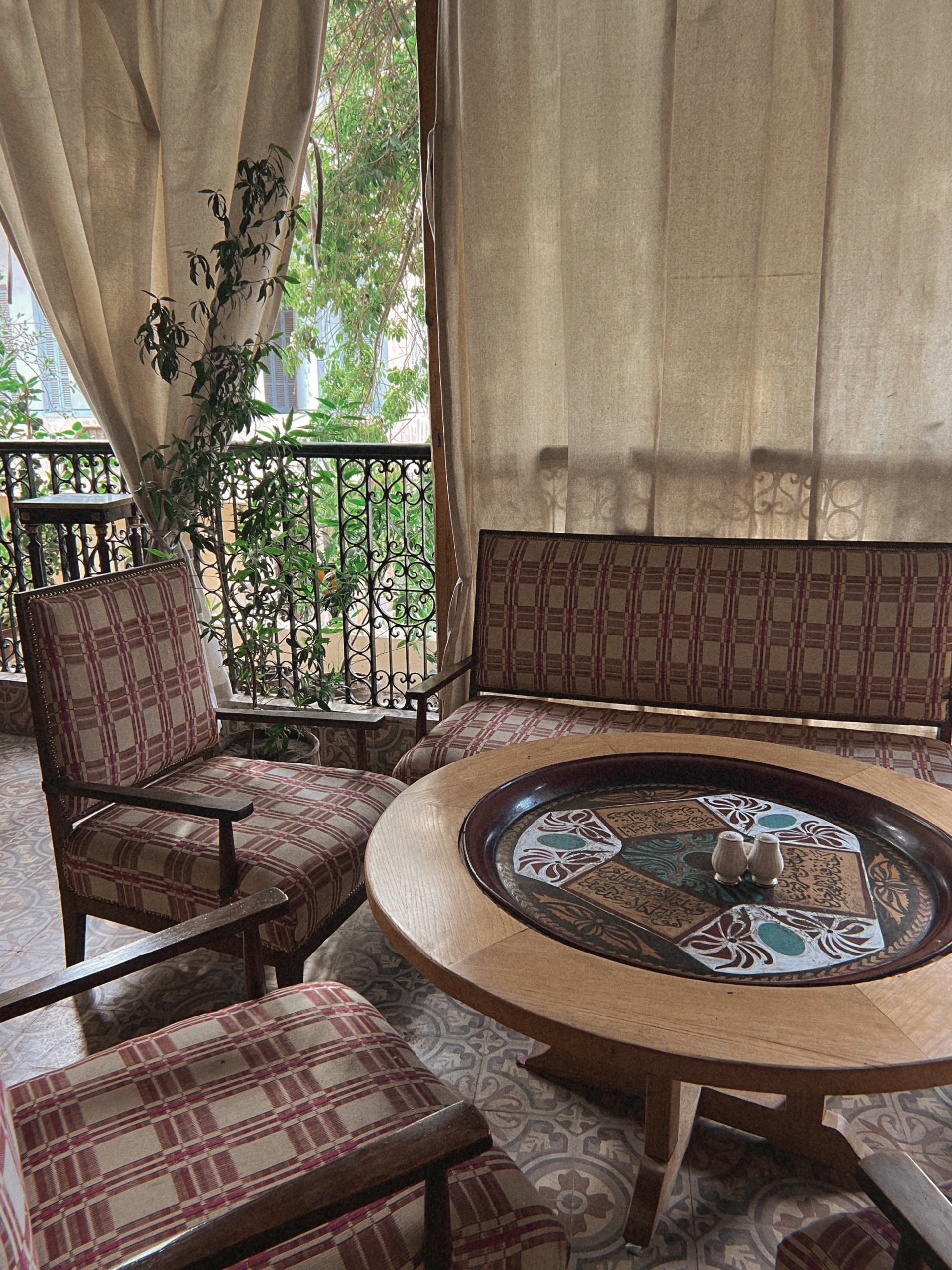
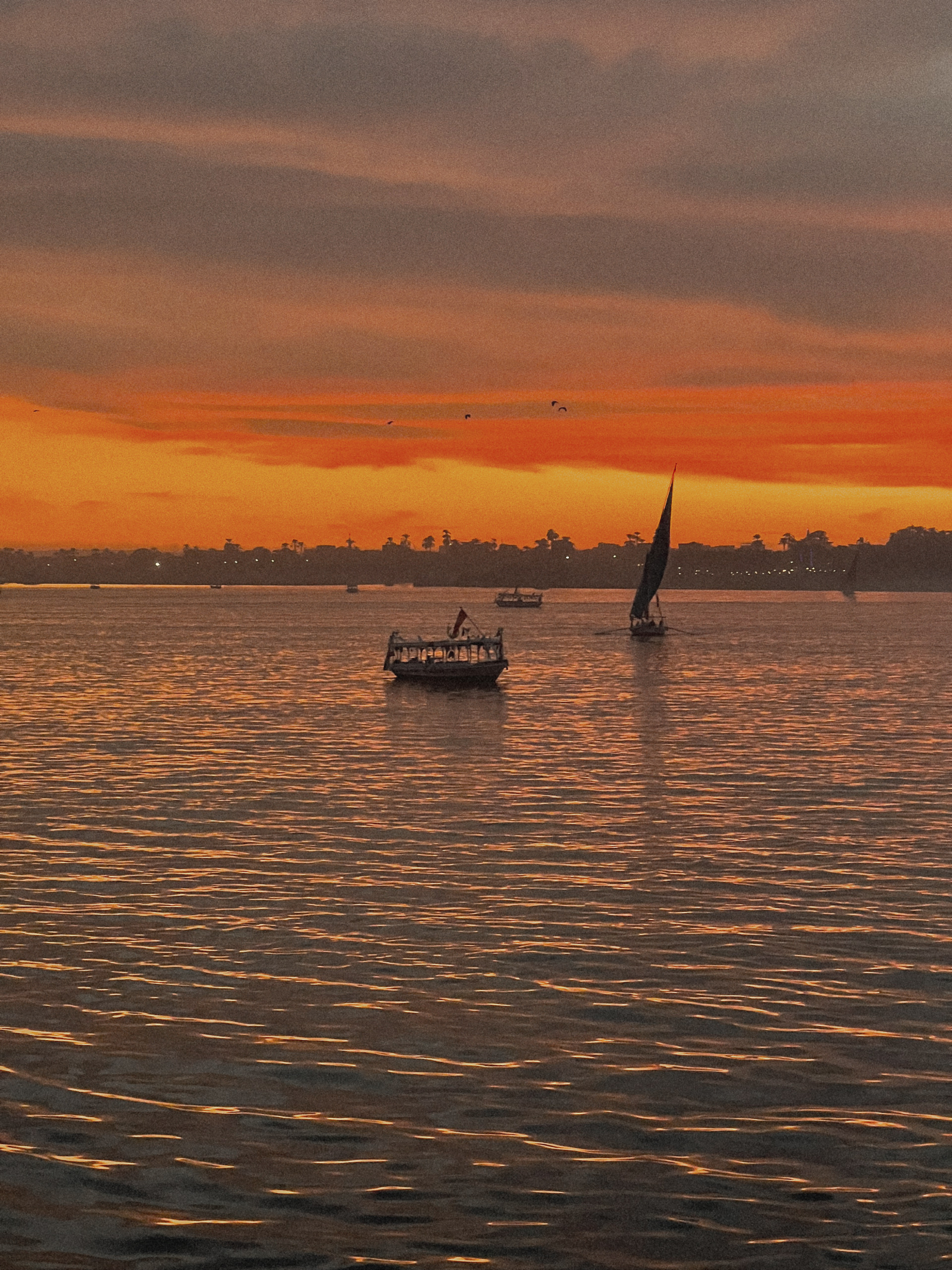
DAY 5 to 6 - ASWAN
From Luxor, head to Aswan, where the pace slows down, offering a more laid-back atmosphere compared to the bustling Cairo and Luxor. Aswan is the gateway to the incredible Abu Simbel temples, carved into the mountainside by Ramses II. The sheer size and engineering behind these temples are awe-inspiring. Take a visit to Kom Ombo and Philae Temple on your way from Luxor to Aswan. These temples, located along the Nile, boast fascinating history and stunning views. Aswan is also home to the Nubian culture, which you can experience by visiting a Nubian Village. A visit here provides a glimpse into the rich traditions and vibrant life of the Nubian people. The warm hospitality of the locals, coupled with the colorful houses and streets, makes this a unique experience that adds a personal touch to your trip.
Transfers: The most common ways to travel between Luxor and Aswan are by car, train, or Nile cruise. The drive takes approximately 3 to 4 hours, while a train ride is just under 3 hours. For those with time, the Nile cruise offers a relaxing option that also allows you to visit temples along the way.
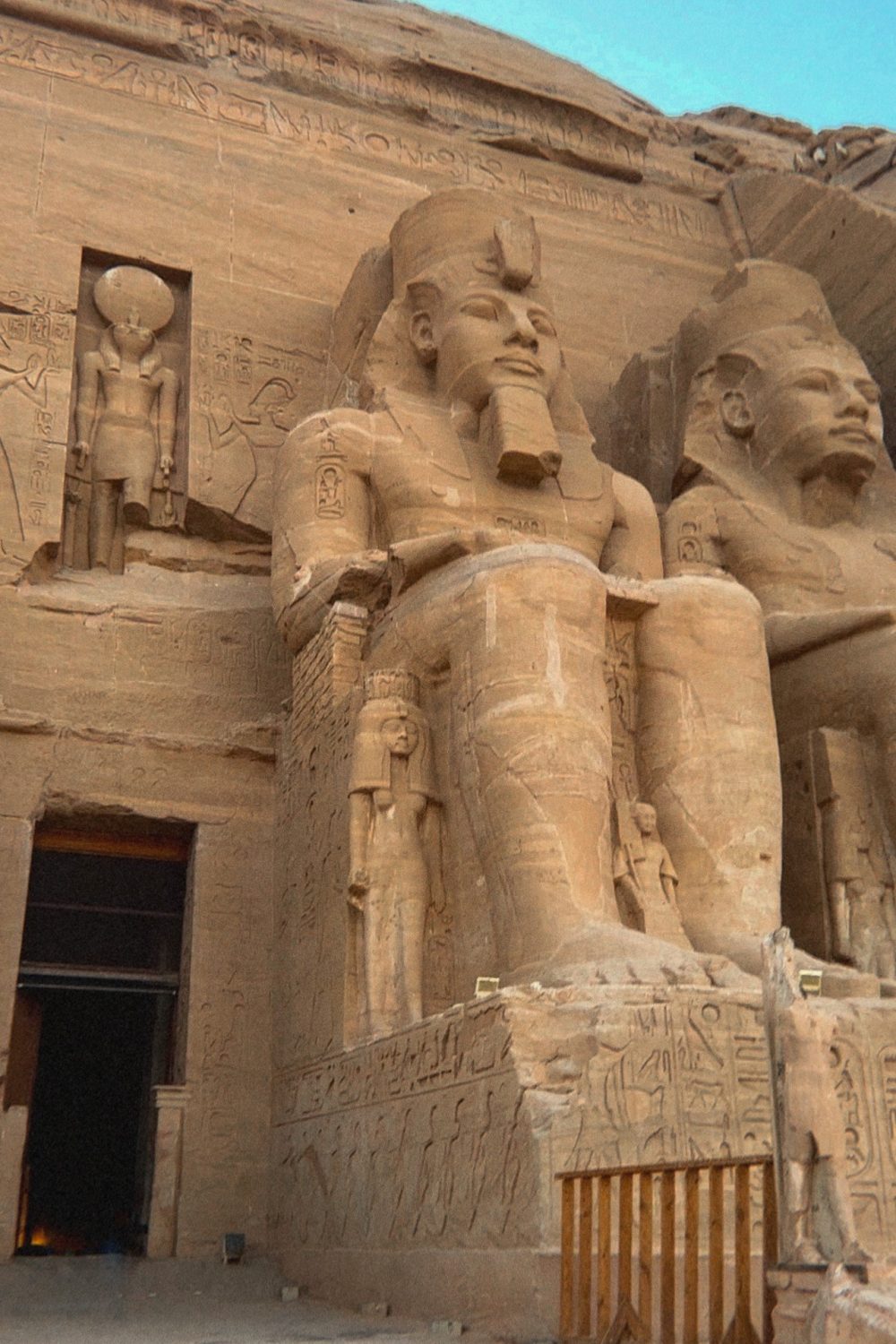
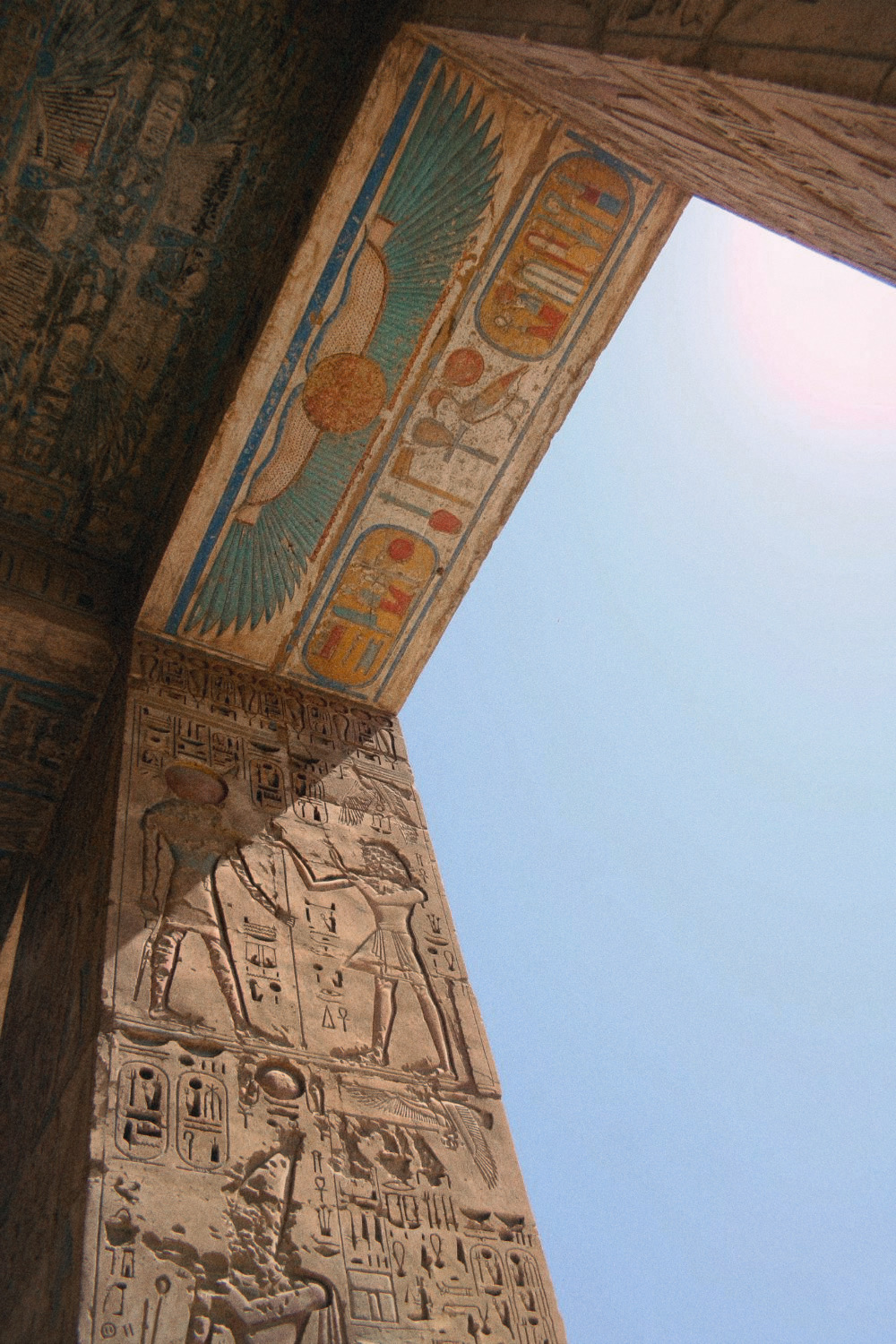
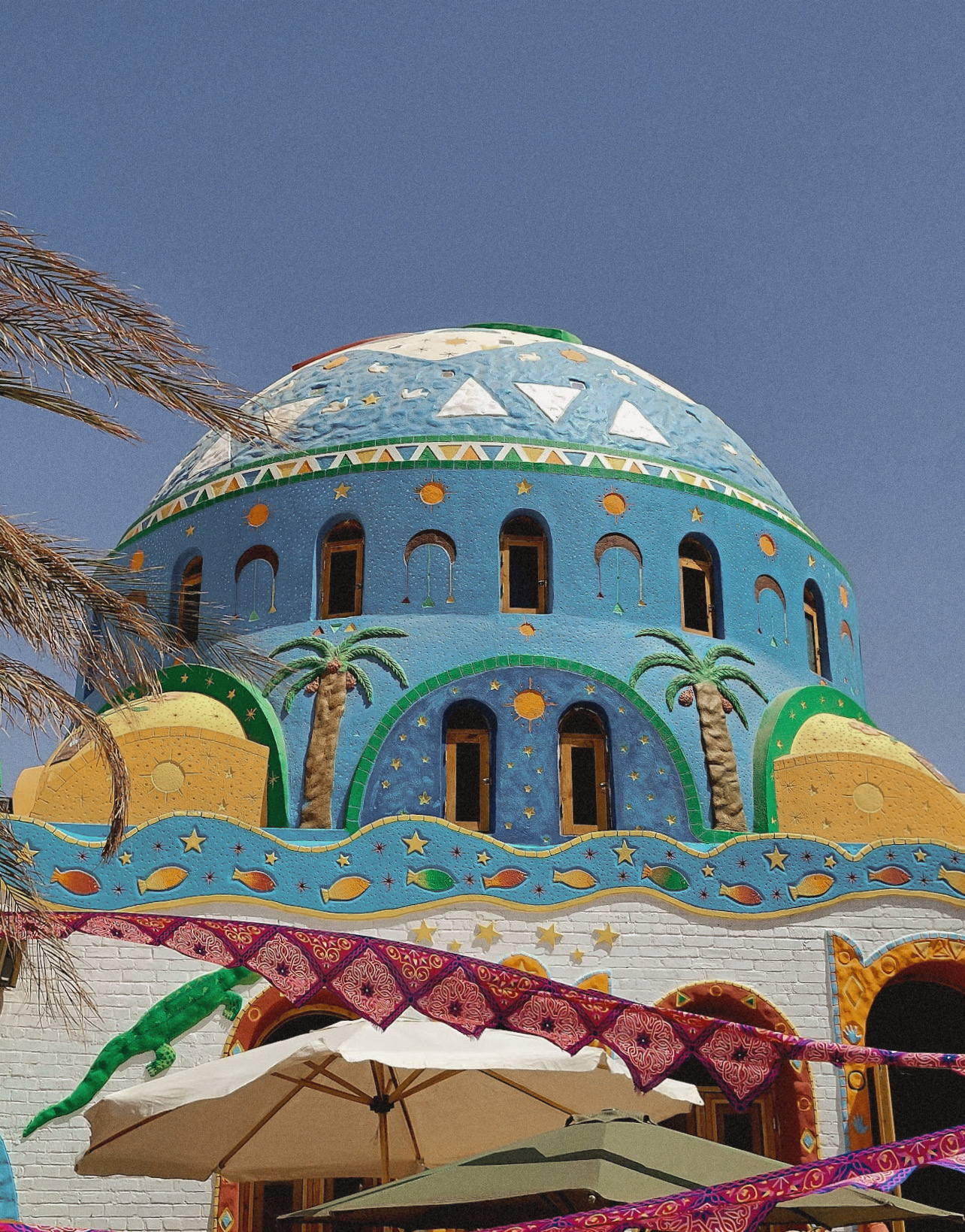
DAY 7 to 10 - SIWA OASIS
After exploring the southern part of Egypt, it’s time for an off-the-beaten-path adventure to Siwa Oasis, one of Egypt’s most remote and peaceful destinations. Located near the Libyan border, Siwa feels like a different world, surrounded by salt lakes, palm groves, and the vast Sahara Desert. The journey to Siwa is a bit lengthy (roughly a 10 hour drive from Cairo), but it’s well worth it. En route, you’ll pass through military checkpoints, making this an even more unique and adventurous part of the trip. Once in Siwa, visit Cleopatra’s Bath, the Mountain of the Dead, and the Shali Fortress, the remnants of an ancient city that offers panoramic views of the oasis. Siwa is also home to the Oracle Temple, where Alexander the Great was famously declared a god.
Transfers: Due to its remote location, the best way to get to Siwa is by road. From Cairo, a private tour or group tour is ideal, as it ensures safety and convenience, especially given the frequent military checkpoints.
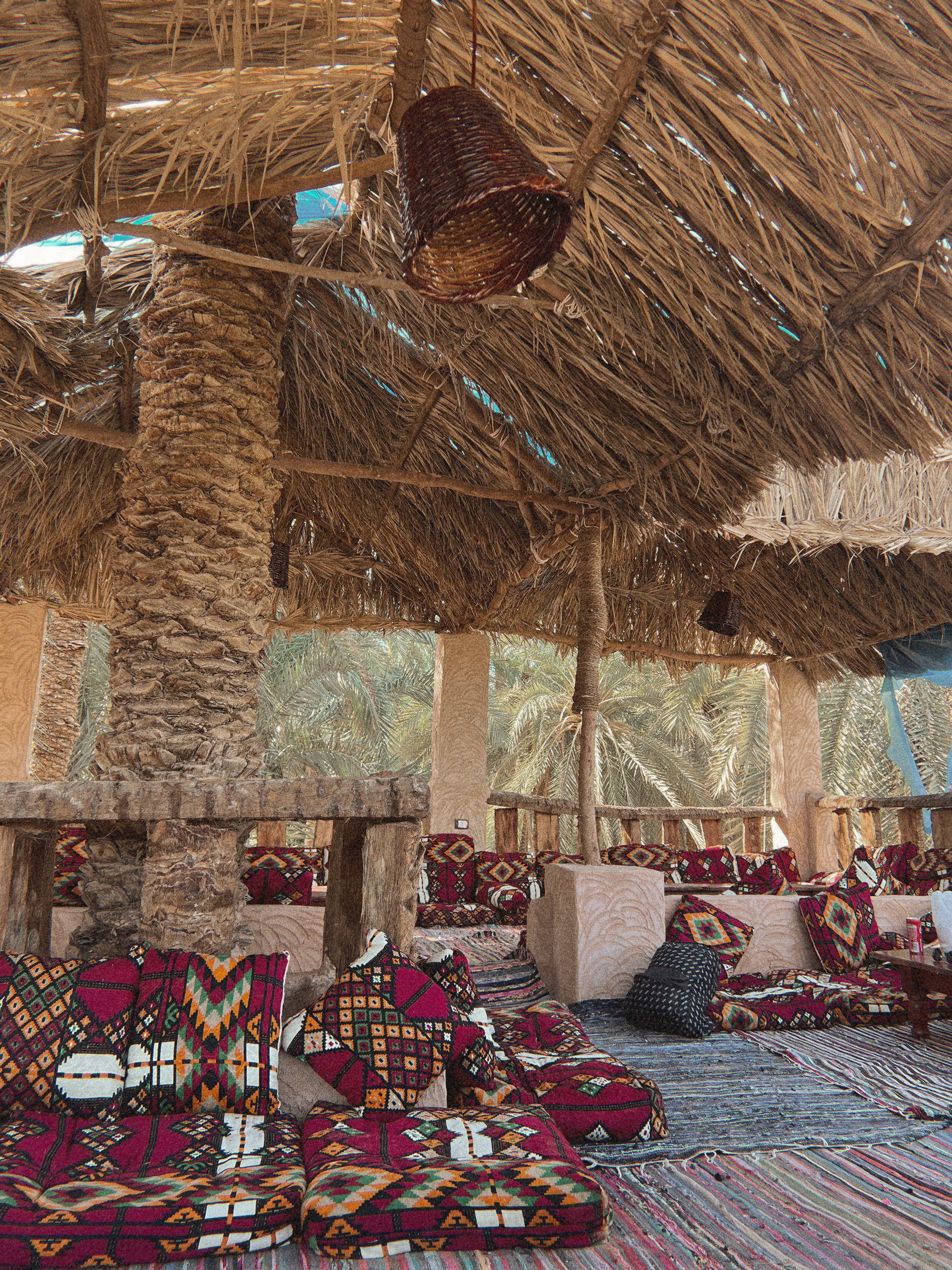
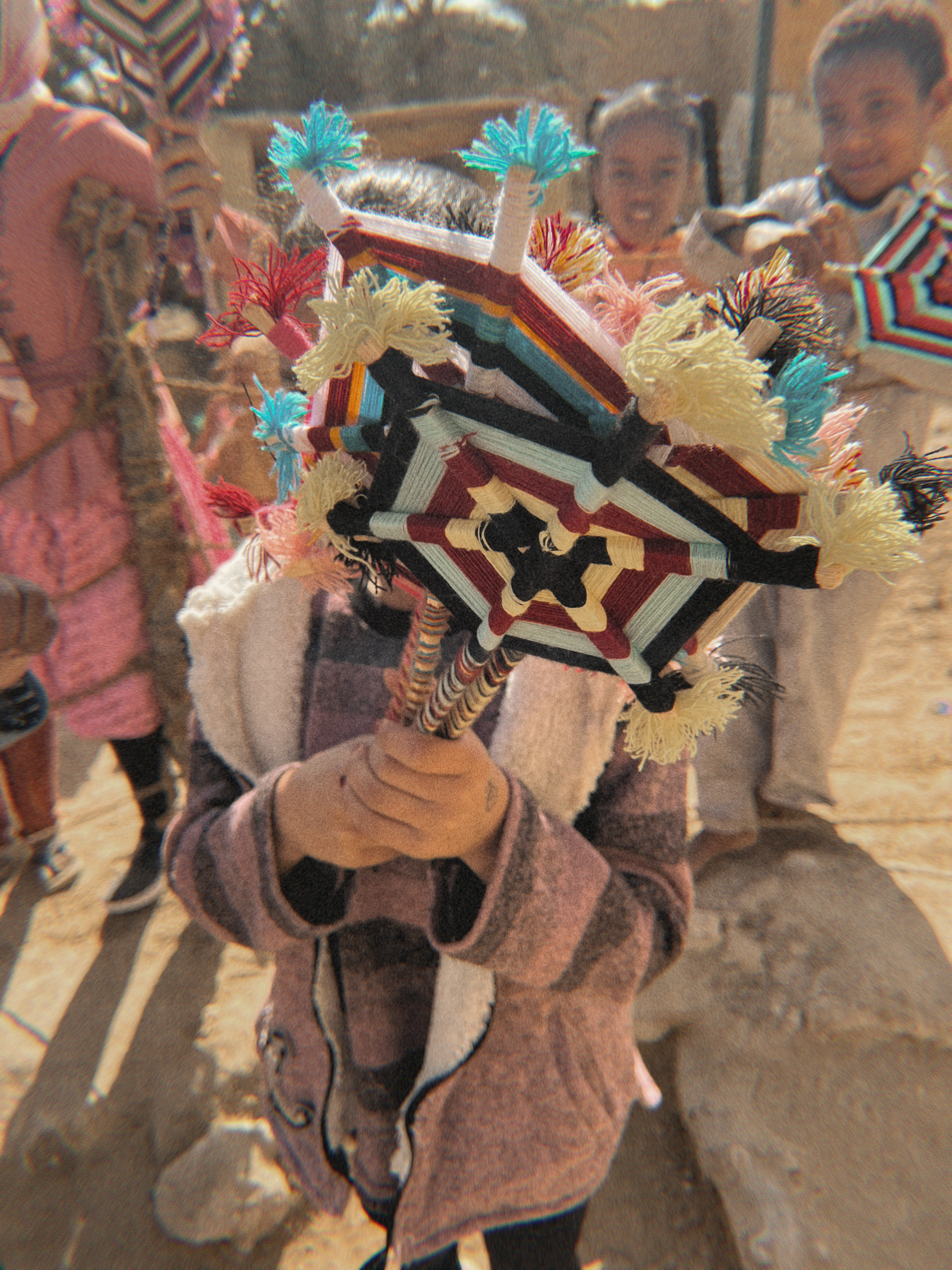
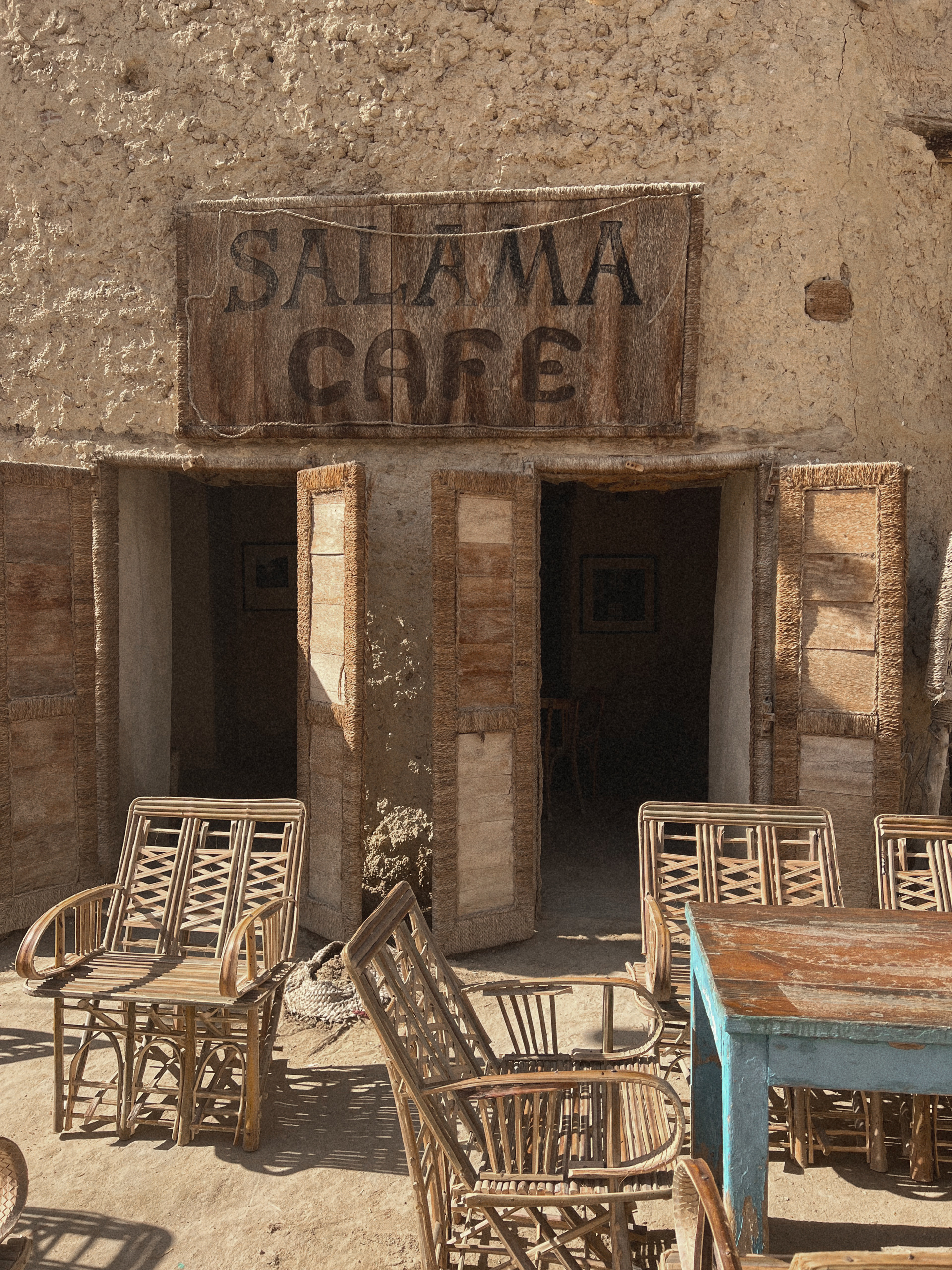
DAY 11 to 14 - DAHAB
After the adventure in Siwa, head to the Red Sea for some much-needed relaxation in Dahab, a peaceful coastal town known for its clear waters, relaxed vibe, and world-class diving spots. Unlike the more commercialized Sharm El-Sheikh, Dahab offers a more serene atmosphere, making it the perfect place to unwind. Whether you’re into snorkeling, diving, or simply lounging by the beach, Dahab has something for every type of traveler. The Blue Hole, a world-famous dive site, offers incredible underwater experiences for diving enthusiasts. Spend your evenings enjoying fresh seafood at a beachside cafe while watching the stunning sunset over the Red Sea.
Transfers: To get from Siwa to Dahab, return to Cairo by road (around 10 hours), then take a short flight to Sharm El-Sheikh and drive to Dahab (about 1 hour). Alternatively, you can opt for a direct bus from Cairo to Dahab.
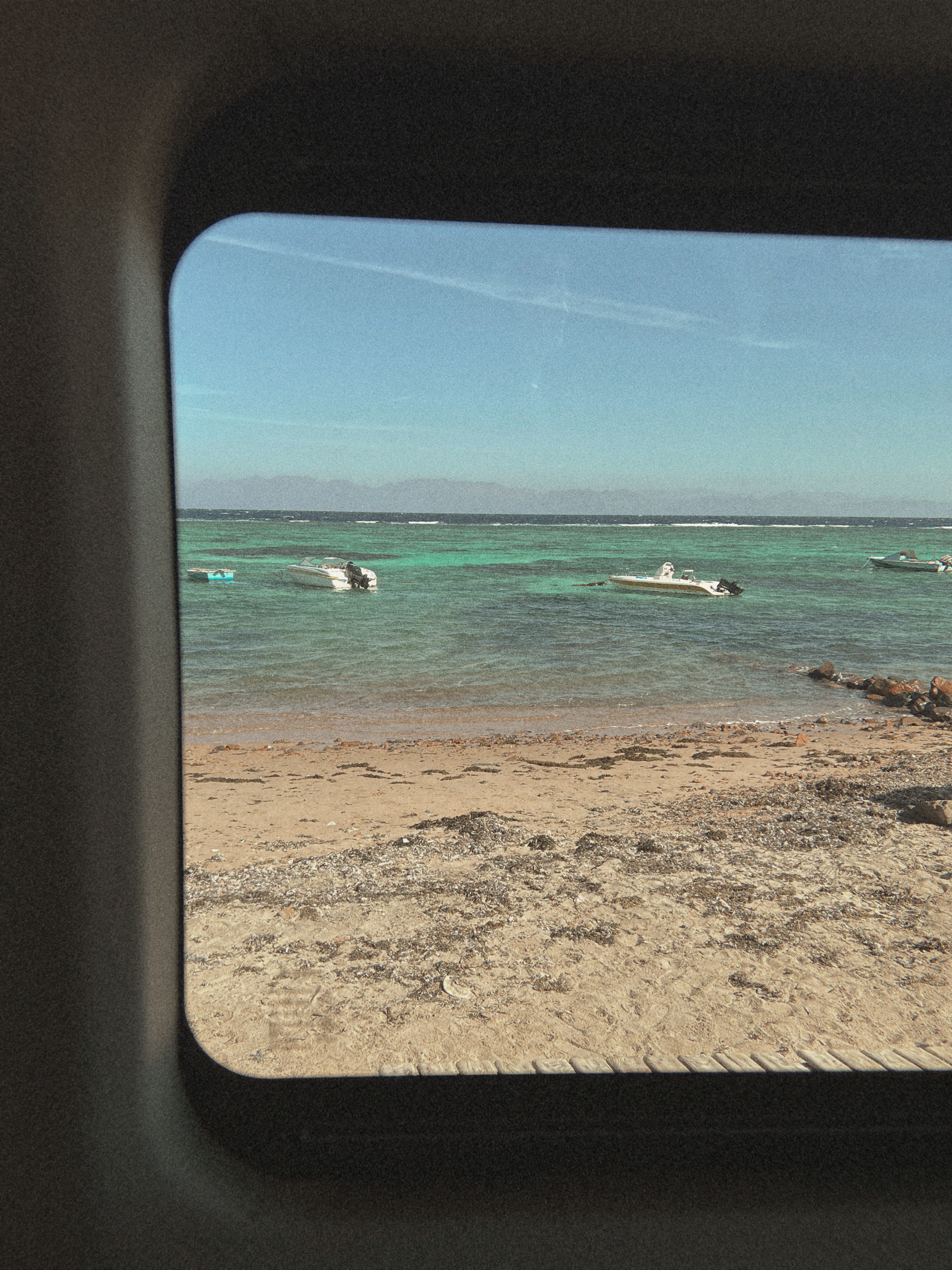
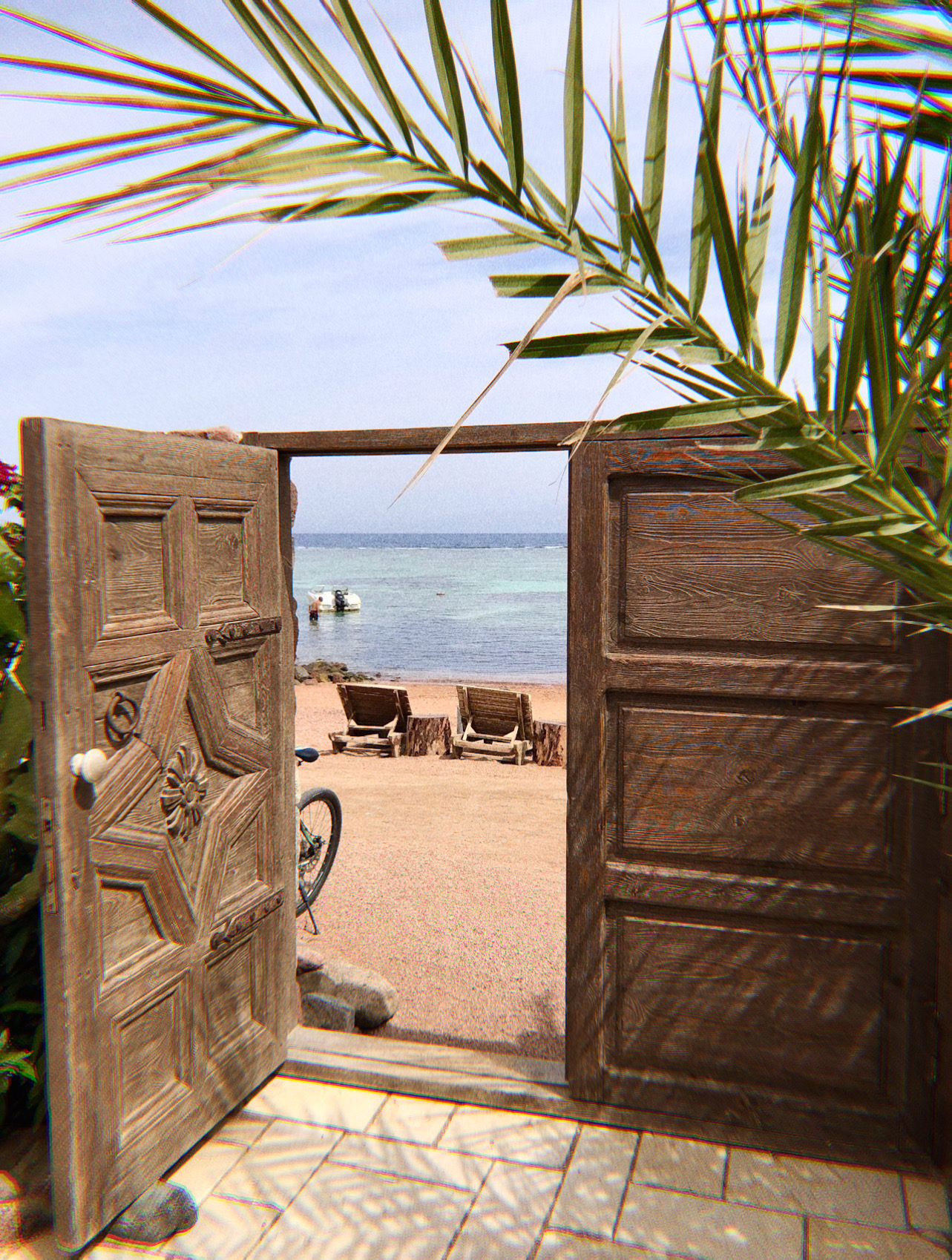
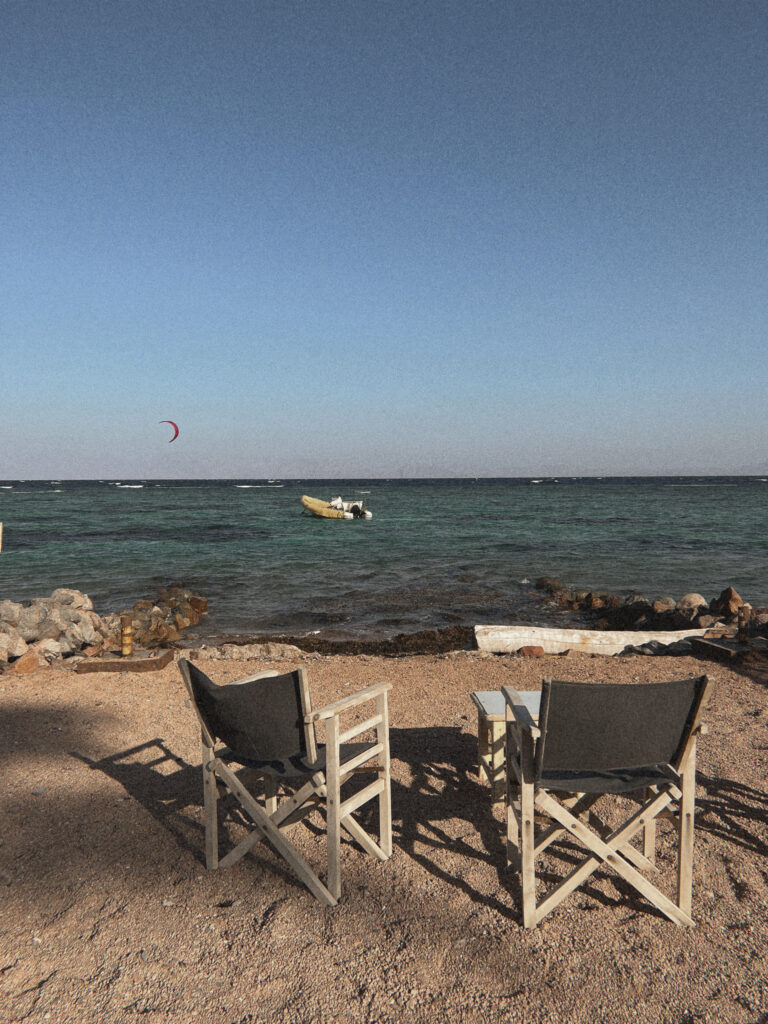
DAY 15 - LAST DAY
On your last day, you can either fly back to Cairo for your international flight or fly directly from Sharm El-Sheikh. Both options are convenient, ensuring you have a stress-free departure after an unforgettable two-week adventure through Egypt.
IS EGYPT SAFE TO VISIT?
Egypt is a generally safe destination for tourists, but as with any international trip, it’s important to stay vigilant. Popular sites like the Giza Pyramids and Khan El Khalili Bazaar can attract attention from hawkers and vendors. Be aware of common scams, such as offers of “free” gifts or services that require payment later. Stick to well-trodden paths and use common sense, and you’ll have a safe, enjoyable trip.
WHEN IS THE BEST TIME TO VISIT EGYPT?
The ideal time to visit Egypt is during the winter months, from October to March, when the weather is more comfortable for sightseeing. While December and January are the busiest months, traveling just before or after this period allows you to enjoy Egypt’s temperate weather with fewer crowds.
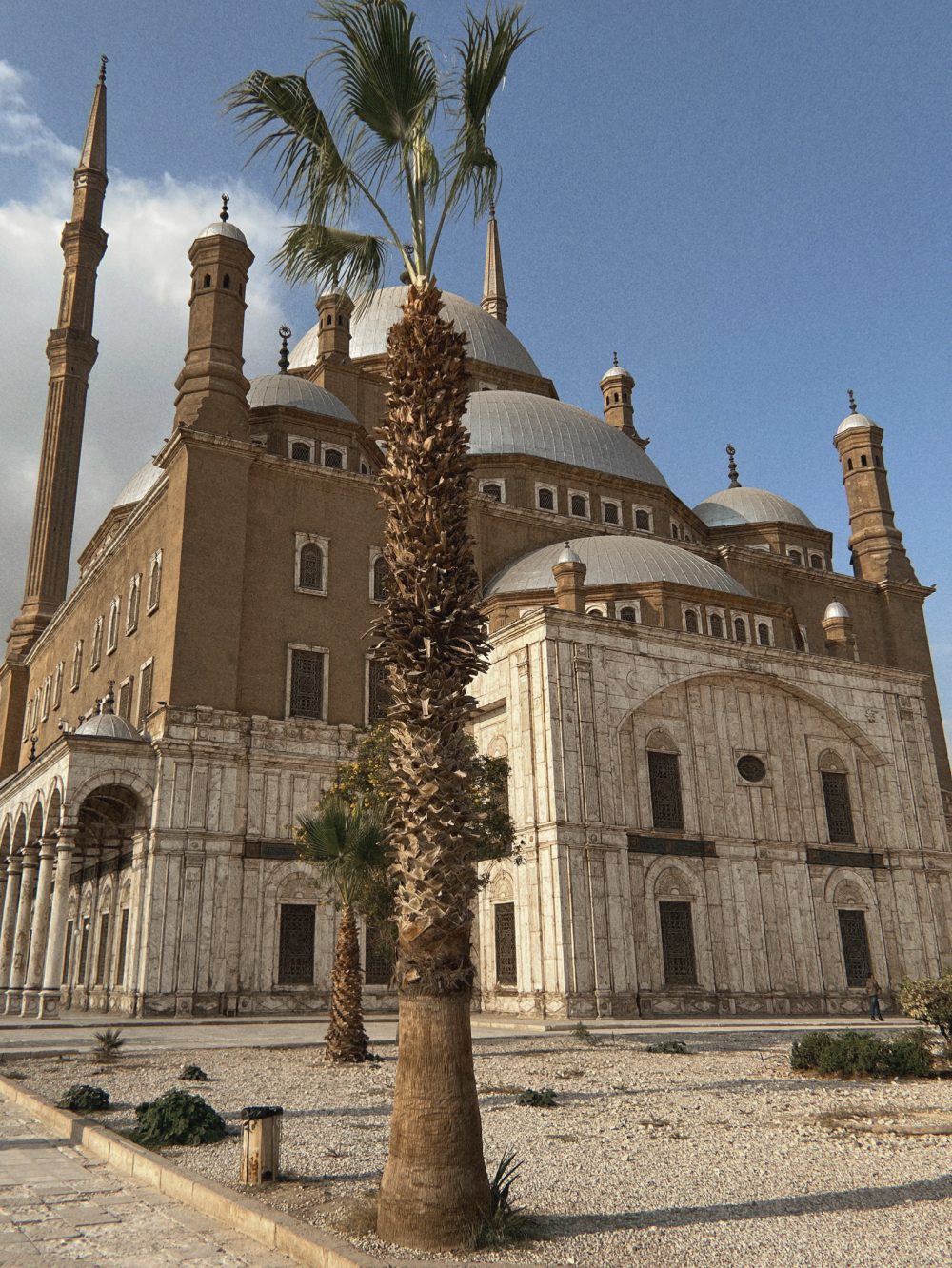
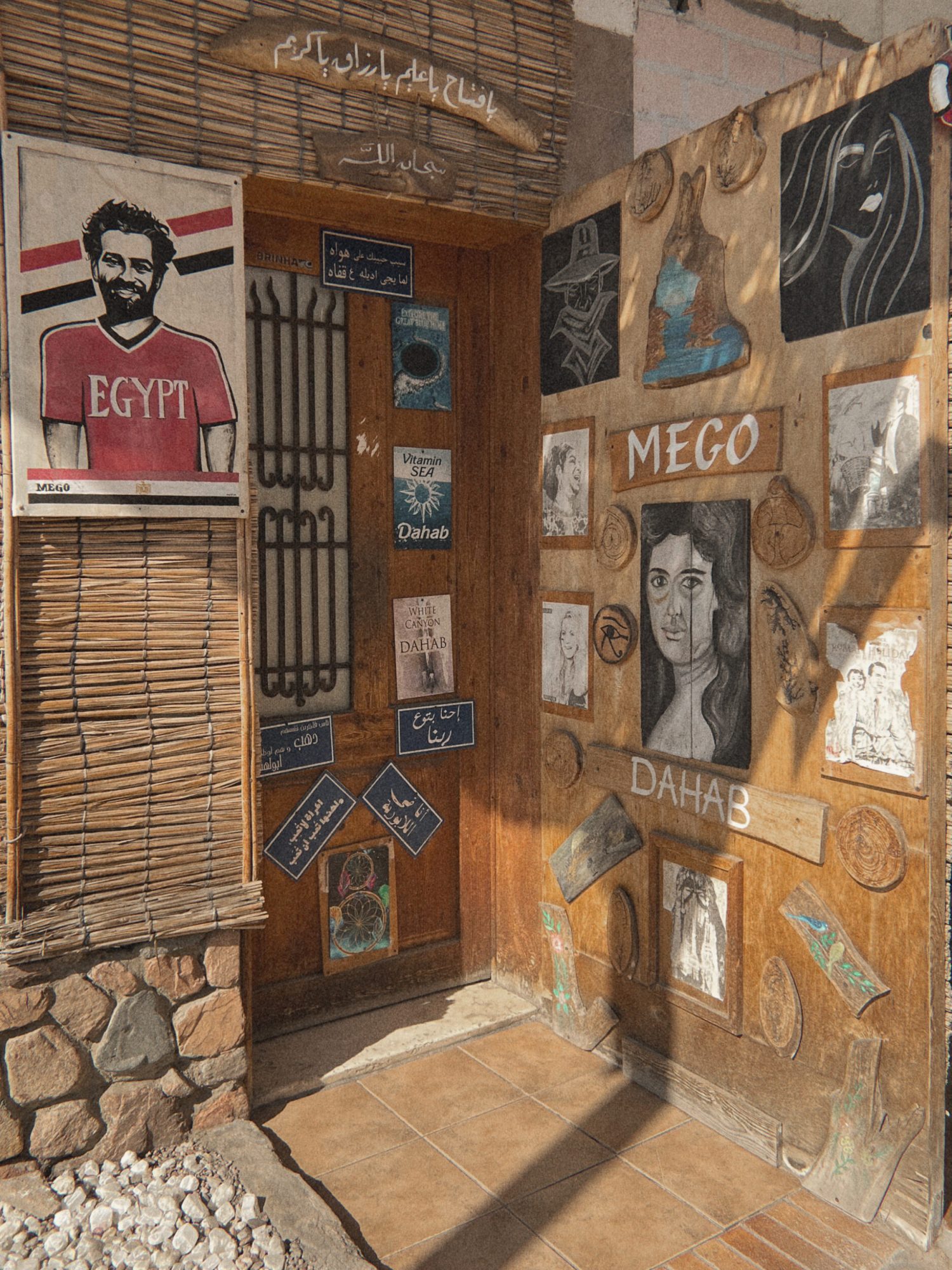

WOULD YOU RECOMMEND HIRING A GUIDE and/or TOUR?
While Egypt offers plenty of opportunities for independent exploration, certain destinations, like Siwa Oasis, are best explored with a guide. A knowledgeable guide can provide historical context and ensure you experience the rich heritage of Egypt in an immersive way. For popular sites like the Pyramids and Valley of the Kings, hiring a guide can also enhance your visit and provide deeper insights into their significance.
WHAT LANGUAGE IS SPOKEN IN EGYPT?
Arabic (Masry) is the official language of Egypt. While English is widely spoken in tourist areas, learning a few key phrases like “hello” (SAL-EM) and “thank you” (SHOK-RAN) can go a long way in fostering goodwill and making your experience more engaging.
WHAT SHOULD I WEAR IN EGYPT?
To respect local culture, dress modestly by covering your shoulders and knees. Lightweight fabrics like cotton and linen are ideal for Egypt’s warm climate. Don’t forget a sweater for cooler evenings, especially in desert regions like Siwa Oasis and Dahab. At the beach in Dahab, swimwear is appropriate, but in more conservative areas, it’s best to dress more conservatively.
Egypt offers a travel experience unlike any other, blending ancient history, natural beauty, and cultural richness. Whether you’re visiting its famous sites or venturing to hidden gems like Siwa Oasis, Egypt promises to leave you with memories that will last a lifetime. This two-week itinerary is a perfect introduction to the wonders of Egypt, providing an unforgettable journey that balances adventure, relaxation, and cultural immersion.
